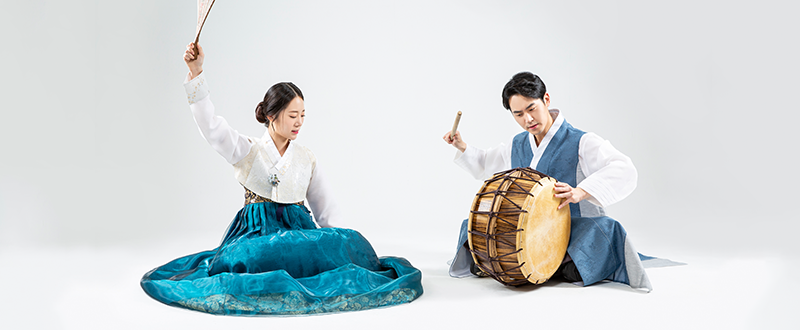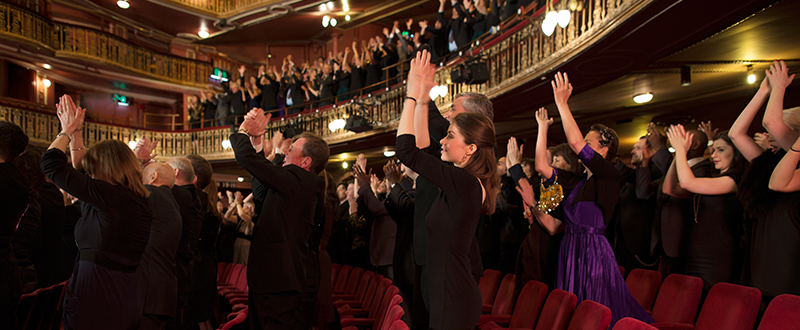


It is prohibited to bring food and beverages of any kind from the lounge and outside performance hall into the performance hall.
Be sure to eat in the lounge before entering the performance hall, as a small act of carelessness on your part can cause great deal of disturbance to the performers as well as the audience members, thereby ruining the atmosphere.
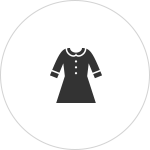
It is proper etiquette to enter and exit the concert hall dressed appropriately.
However, if this is not possible, you must dress appropriately and wear appropriate footwear so as not to disturb other audience members.

There are occasionally issues with spectators bringing preschool-aged children who are not permitted inside the performance hall.
It is proper etiquette to leave children with other families or daycare centers in order to attend a performance. If this is not possible, it is best to place children in the playroom so that they can interact with other children of the same age during performance. We must ensure that accompanied children do not disrupt the performance or cause other audience members significant disruption.

It is considered discourteous to move to an empty or more desirable seat. It is disrespectful to performers and other audience members to move during the performance for a more desirable seat. Please refrain from getting up during the performance and use the provided break time to do so.

Leave rustling plastic products, wreaths, snacks, beverages, etc. that make a lot of noise in a locker, and turn off or set your cell phone to vibrate mode before entering. The most basic etiquette is to avoid interfering with the enjoyment of other audience members.

Only professionals with prior permission may photograph or record the performance. If you wish to photograph or record the performance, you may do so after consulting with the person in charge of the performance during the performance's rehearsal.
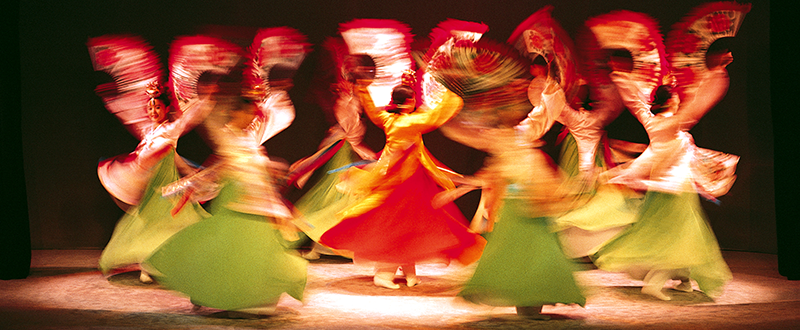
If you look at the program, you will see that songs are grouped together in sets of 3–4 songs. You may applaud at the conclusion of each set.
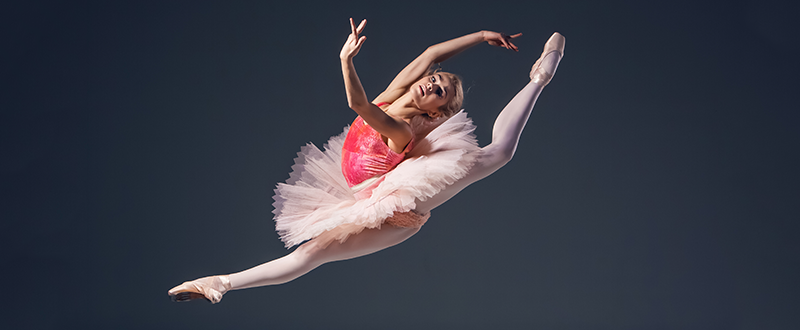
In ballet, a divertissement is a short dance segment that demonstrates a dancer's technical skill without advancing the plot or character development. And the soloists (leading dancers) demonstrate advanced techniques that are unrelated to the plot of the grand battement, etc. These scenes are separate dances, and you may applaud after each one ends. Typically, the lead dancer or a group exhibits graceful movements in each divertissement, and it is appropriate to applaud such movements.
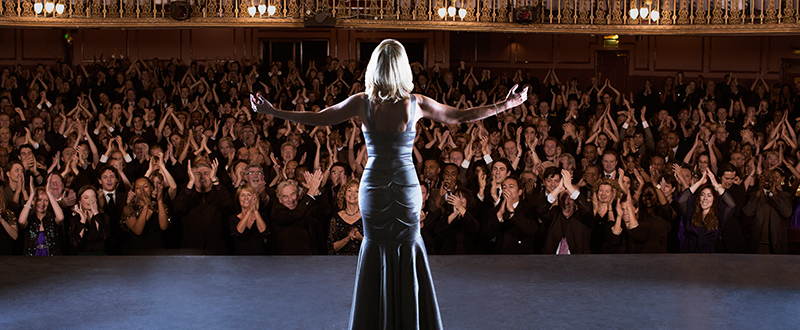
When the aria or duet concludes, it is appropriate to applaud and congratulate performers by shouting “bravo” (for solo male performers), “brava” (for solo female performers), or “bravi” (for multiple performers).

You should applaud at the end of every musical movement.
